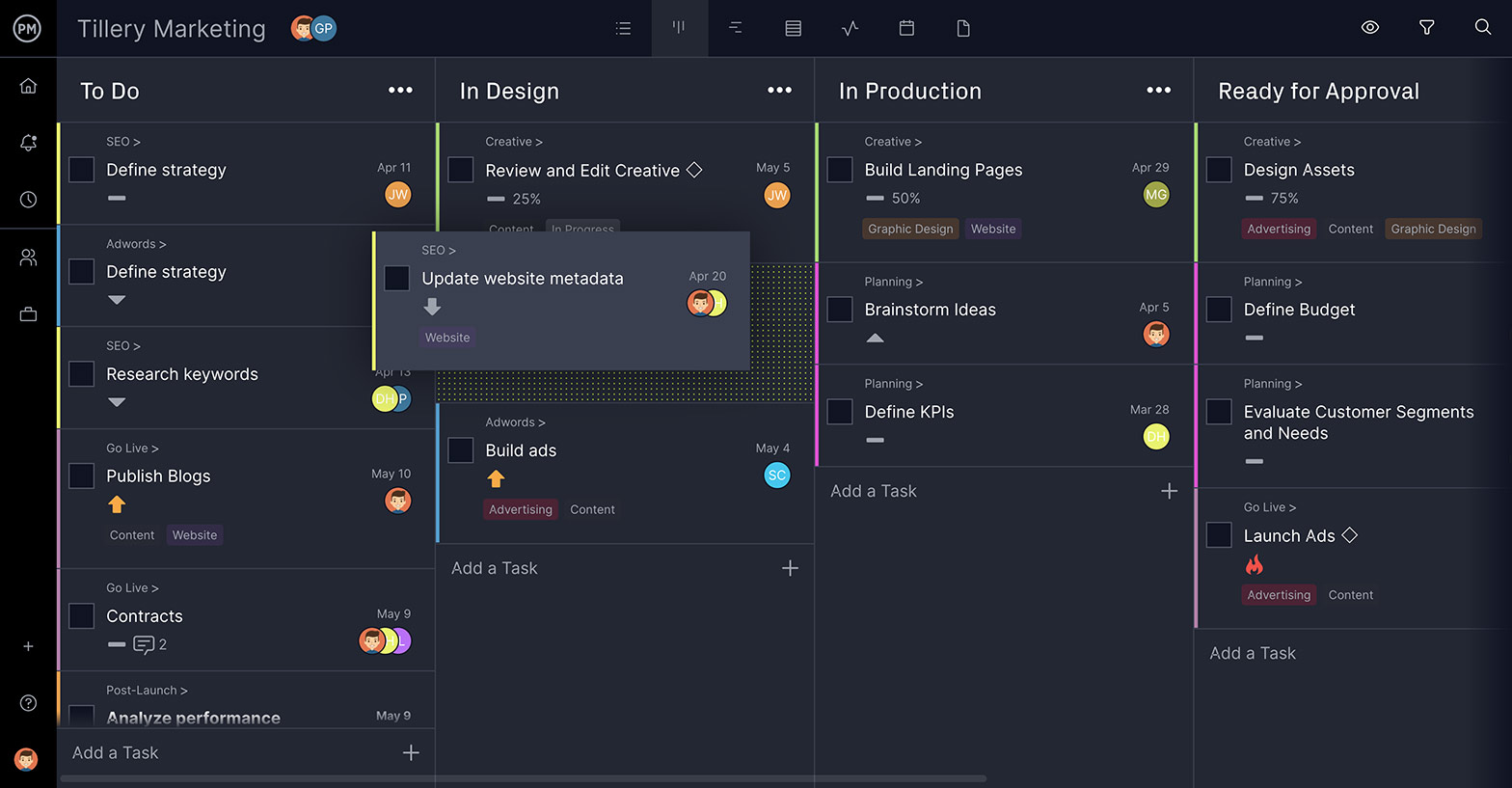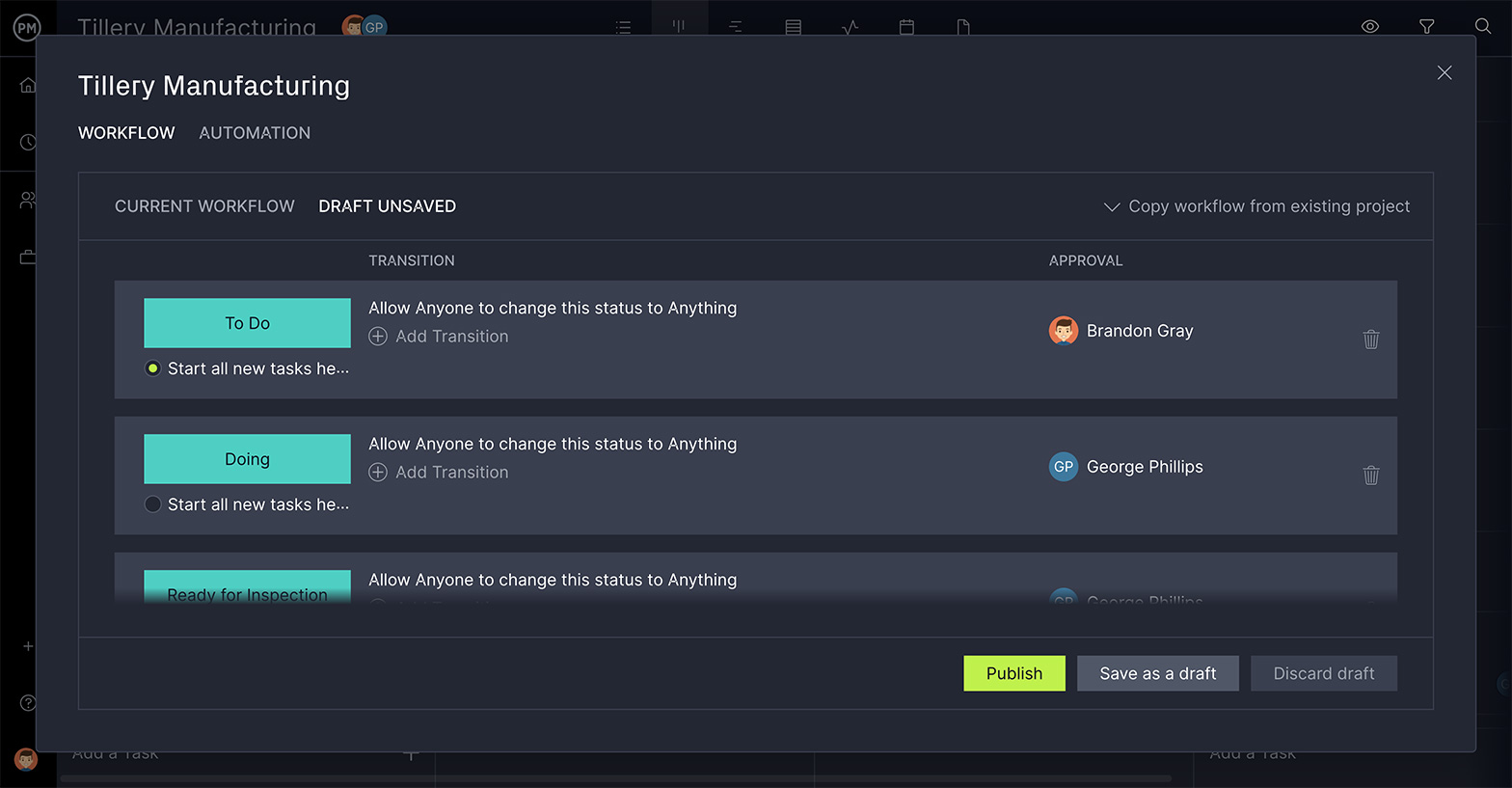Software development estimation is an essential part of many projects. Even before the planning stage, it’s critical to create an accurate forecast of the project’s duration, costs and more. Despite its importance, software development estimation is often overlooked.
Maybe that’s because it’s difficult to estimate properly. Software development estimation requires an understanding of all parts of your software development project and the time needed to successfully complete the work to meet the quality criteria set by your clients. There’s also money, labor and so much more. Let’s explore how software development estimation works and its techniques and tools.
What Is Software Development Estimation?
Software development estimation is a process by which one can accurately determine the amount of effort, as in time and money, necessary to deliver or maintain a software-based project. Of course, this defines any project estimation.
What’s unique to software development estimation is that it takes into consideration the software development company’s unique techniques and processes used to complete tasks. This requires using complex tools and having sound knowledge of mathematics. For a software development estimate to be considered accurate, it’s expected to have an error margin within the five to 10 percent range. Creating such a forecast involves a substantial upfront investment in both time and money, but it pays off through a better product that satisfies its customers’ needs.
Part of any software development estimate is mapping its life cycle. This means using tools such as work breakdown structure (WBS) to thoroughly understand every step in the process. ProjectManager is work and project management software with interactive Gantt charts that can import a WBS from Excel and organize your tasks, durations, dependencies and milestones. More than that, the Gantt filters for the critical path and can set a baseline to track actual progress against your plan in real time. Get started with ProjectManager today for free.

How to Estimate Cost and Effort in a Software Development Project
Now that we understand what a software development estimate is, how do we estimate costs and effort in software development projects? The best way to approach this difficult problem is slowly through a series of steps. Use all of the means at your disposal. That can be historical data from similar past projects or the experience of your team and experts who can guide you.
Once you have some insight and context, it’s recommended that you follow these steps.
1. Map Your Software Development Life Cycle
To start, you need to know all of the steps in your software development life cycle. This is the first formal project management framework and goes from project planning, analysis and design to implementation, testing and maintenance. The more information you can add to activities, key roles and deliverables for each of these stages, the more accurate your software development estimate will be.
2. Check Your Project Requirements
Once you have the software development life cycle completed, it’s time to check your project requirements and ensure they match those defined by your stakeholders or client. The clearer your project requirements, the more accurate your software development estimate will be. If you skip this step, it’s almost impossible to make an accurate forecast of your costs and effort.
3. Make a Work Breakdown Structure
You started to define your activities in the first step, but now you need to collect every task and deliverable for the project. The best tool for this task is a work breakdown structure (WBS). It helps you collect all of the necessary steps to get you to the final deliverable of your software development project, which will allow you to estimate time and costs.
4. Use a Software Estimation Technique
Now that you’ve gathered the above information, the next step is to use a software estimation technique. The type you use will depend on the project methodology you’ll use for the software development project. We’ll get into more specifics about software development estimation techniques shortly.
Software Development Estimation Tools
Because of the complexity and the importance of forecasting in software development, it’s crucial that you use software estimation tools to help you get more accurate figures. As we mentioned before, brainstorming with your experienced team and experts can offer valuable insights. Historical data is also a valuable asset. The following are some other estimation tools to consider.
Work Breakdown Structure
The work breakdown structure (WBS) is part of the process of figuring out the time and effort for your project. Let’s take a closer look at this tool and how the WBS acts as a hierarchical list of project activities.
There are two formats to work breakdown structures. One is the outline view which presents the entire project and uses numbers to record its stages. For example, you would have one stage that’s the project scope and listed beneath this heading would include facets such as determining the scope, securing sponsorship, defining resources, etc., ending with scope complete. You’d then move to the software requirements stage and make another list ending with scope complete.

Get your free
WBS Template
Use this free WBS Template for Excel to manage your projects better.
The other work breakdown structure format is a tree diagram that shows the entire project including the final deliverable on top with a row of all project stages underneath. Below each stage is the list of activities.
There are two types of work breakdown structures. A functional WBS is one in which the system is broken based on functions in the application which helps estimate the size of the system. The other is an activity WBS which is broken down based on activities that are further broken down into tasks. This is the type of WBS that helps estimate the effort and schedule.
PERT Chart
PERT is an acronym for program evaluation and review technique, also known as a three-point estimate. A PERT chart is a three-point activity estimating technique that takes into consideration uncertainty and risk. It does this by taking in three categories of estimates.
The three estimates are most likely (M), which is the most likely cost and time for the project based on a realistic look at what needs to be done; optimistic (O), which is the best-case scenario for completing the project; and pessimistic (P), which is the worst-case scenario. PERT then calculates the weighted average by using the formula: PERT Estimate = (O + 4 x M) + P) / 6.
The PERT chart can be made by identifying the tasks in your project, defining dependent tasks, connecting the tasks and using this to estimate the project timeline. The tasks, activities or events are represented as nodes and the connections as arrows. The critical path method is then used with the PERT equation to find the longest sequence of tasks that must be completed to finish your project successfully. This helps you estimate time and effort.
Product Backlog
The product backlog is an ordered list of what’s needed to be done in order to complete the project. Using the product backlog is ideal for estimating the length of your project within a certain timeframe. Estimating your product backlog allows product owners to better prioritize tasks and make decisions about scope and schedule.
Story points are often used to estimate the product backlog, a unit of measure to estimate how much effort is needed to complete a product backlog item. Don’t forget to factor in the risk involved and the complexity of the task to give you a more realistic estimate of scheduling and help to better prioritize your tasks.
Another method is the planning poker, in which you create a deck of cards that have a ranking scale and during a team meeting, everyone chooses the card they believe represents the time needed for each task. Then see if everyone picked the same card. If not, work towards a consensus.
Software Development Estimation Techniques
Here are some techniques you can use to help with software development estimation. They take into account the details of your task, the resources you have, the rate the cost to time, the duration and whether any third-party services will be required.
- Bottom-Up Estimation: This is where a project is divided into tasks and subtasks that are easy to define and manage. This makes it easier to come up with estimates for these tasks. Adding them up from the bottom to the top is timely but accurate.
- Top-Down Estimation: Conversely, top-down estimation reviews the overall scope of the project by identifying the major elements of work and making estimations on the effort and time for them outside of the rest of the project. It creates a rough or ball-park figure at an early stage of the project and takes less time than the bottom-up type.
- Parametric Estimation: The first step in parametric estimation is pinpointing the requirements, complexity and technology involved in the development. Then, you compile information on what work is necessary to complete a task from similar projects. Finally, the cost is found by empirical relationships between the factors involved and the total tasks in the project. In parametric estimation, use scalability for accuracy.
- Relative Sizing: This is a type of estimation used by agile teams. It’s done by estimating tasks or user stories by comparing or grouping them together rather than separately. It’s similar to silent grouping or affinity estimating as the agile community believes that relative over absolute estimations is more accurate.
- Wideband Delphi: This is a consensus-based technique useful for estimating the time needed to complete a task. It relies on experts who answer questionnaires in two or more rounds. After each round, a facilitator summarizes the findings. Experts then can revise their earlier questions in the next round.
How ProjectManager Helps Software Development Estimation
ProjectManager is work and project software that’s collaborative to the core. It connects teams with one source of truth to keep everyone working productively. Whether your team is in the office or remote, they’ll love our flexible software that’s flexible enough to handle agile or more traditional project management methodologies.
Manage Product Backlogs With Kanban Boards
One estimation tool is the product backlog. Our kanban boards allow you to manage and prioritize backlog items so the whole team can collaborate on their sprint. Managers get visibility into the process and can reallocate resources as needed to keep things moving on schedule.

Automate Workflows Across Multiple Project Views
We already told you how our Gantt charts can filter for critical paths, but that’s only one of several project views that we offer. Explore the sheet, calendar, list view and more to work how you please. Whether you prefer the traditional Gantt chart or the agile kanban board, all views offer workflow automation to streamline your processes. Then, set someone to authorize task approvals to make sure the task meets quality expectations.

Stay on Track With Real-Time Dashboards
After you’ve made your scheduling estimate, you want to stick to it. That means monitoring your progress and performance. Our real-time dashboard does that automatically for you. It collects and calculates project data, displaying the results in easy-to-read graphs and charts across six metrics. Best of all, there’s no setup required as with inferior software options. You get real-time data when you want it for more insightful decision-making.

ProjectManager also offers one-click reports, task and resource management tools to keep your teams working at capacity and email and in-app notifications to make sure you’re instantly alerted of updates. Our software can help you plan, manage and report on your next software development project with ease.
ProjectManager is award-winning work and project management software that organizes teams and boosts productivity. Our collaborative platform connects hybrid teams to help them work better together. Join the teams that are delivering success at NASA, Siemens and Nestle using our tool. Get started with ProjectManager today for free.

